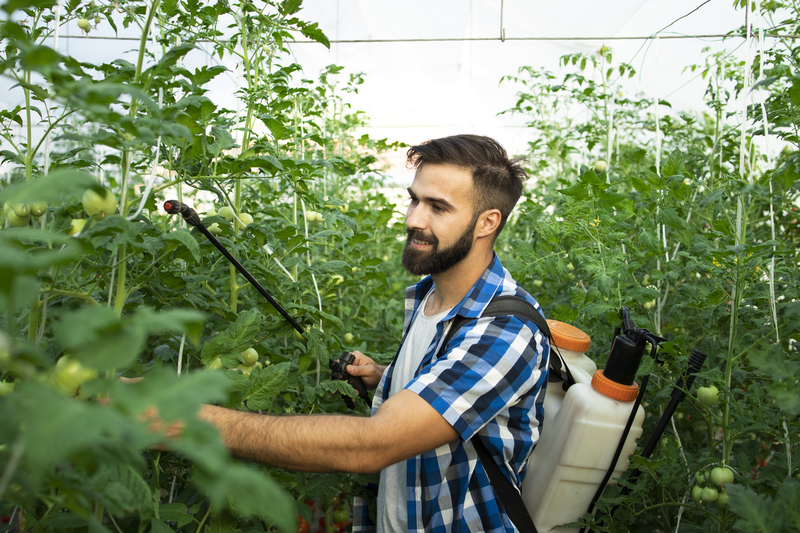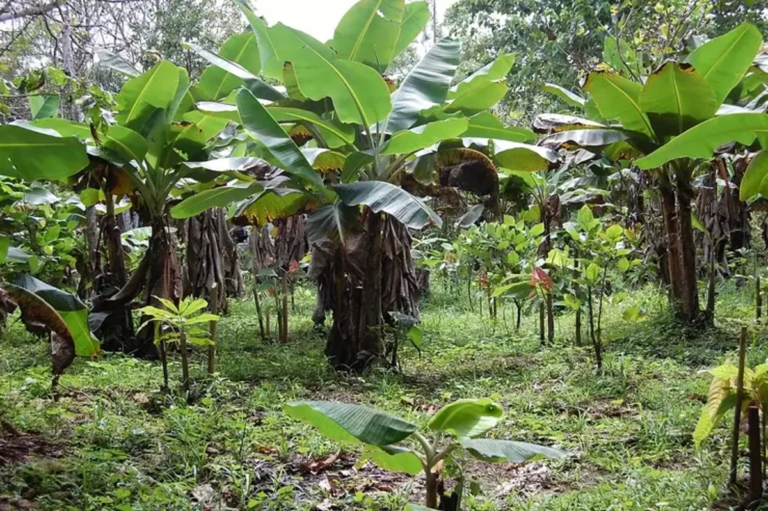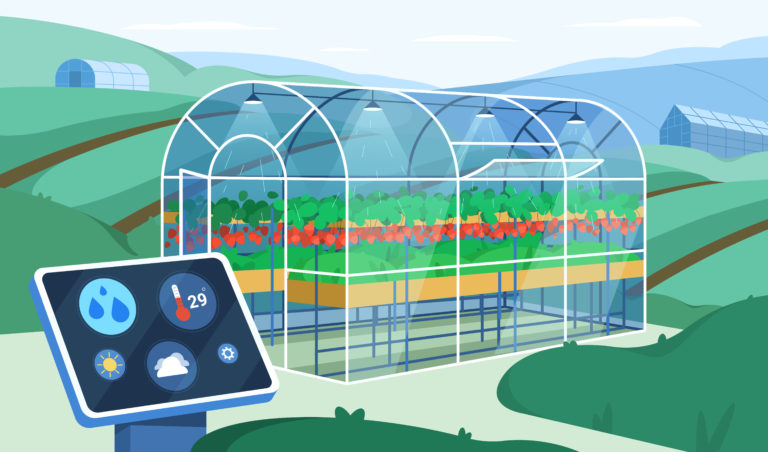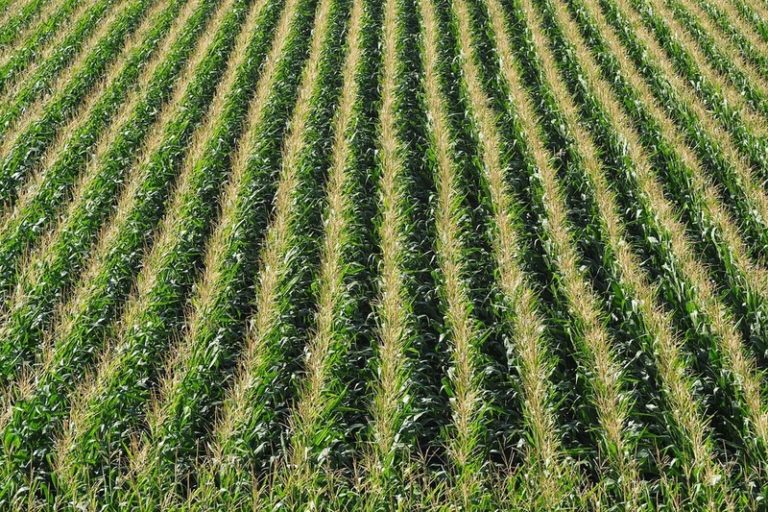Permaculture Systems: Sustainable Agriculture for the Future
Permaculture is a sustainable agricultural system that aims to mimic the patterns and features of natural ecosystems to create self-sustaining and regenerative food production systems.
It is a holistic approach that encompasses a range of practices, from gardening and farming to natural building and community development.
In this article, we’ll take a closer look at permaculture systems, their principles, and practices, as well as their benefits for sustainable agriculture.
What is Permaculture?
Permaculture is a design system that aims to create a sustainable and regenerative food production system. It was coined in the 1970s by Bill Mollison and David Holmgren, who drew inspiration from traditional indigenous land management practices and ecological systems.
Permaculture involves designing agricultural systems that mimic natural ecosystems, utilizing methods such as companion planting, crop rotation, natural pest control, and regenerative land management practices. The goal of permaculture is to create a closed-loop system where waste is minimized, and natural resources are maximized.

Permaculture Principles
Permaculture is based on a set of principles that guide its design and implementation. These principles include:
- Observe and interact: This involves observing the natural environment and using that knowledge to design a sustainable system.
- Catch and store energy: This principle focuses on capturing energy from the sun, wind, and water and storing it in ways that can be used to support the system.
- Obtain a yield: Permaculture systems are designed to produce a variety of yields, including food, fuel, and fiber.
- Apply self-regulation and accept feedback: This principle involves observing and adapting to the feedback received from the system to ensure its sustainability.
- Use and value renewable resources and services: This principle emphasizes the importance of utilizing renewable resources, such as solar energy and rainwater harvesting, to reduce the use of non-renewable resources.
- Produce no waste: This principle emphasizes the importance of creating a closed-loop system where waste is minimized and resources are used to their fullest potential.
- Design from patterns to details: This principle emphasizes the importance of understanding the patterns and structures of natural systems and using that knowledge to design a sustainable system.
- Integrate rather than segregate: This principle involves integrating different components of the system to create a self-sustaining and regenerative system.
- Use small and slow solutions: This principle emphasizes the importance of using small-scale and slow solutions that are appropriate for the local environment.
- Use and value diversity: This principle involves utilizing diversity in both the natural environment and the agricultural system to increase its resilience and sustainability.
Permaculture Practices
Permaculture practices encompass a range of techniques and methods that are used to create sustainable and regenerative agricultural systems. These practices include:
- Agroforestry: The practice of integrating trees, shrubs, and other perennial plants into agricultural systems.
- Natural pest control: The use of natural predators, such as birds and insects, to control pests in the agricultural system.
- Companion planting: The practice of planting complementary crops that can benefit each other and the overall system.
- Soil management: The use of techniques such as cover cropping, crop rotation, and composting to improve soil health and fertility.
- Water management: The use of techniques such as rainwater harvesting, swales, and irrigation systems to conserve and manage water resources.
- Regenerative land management: The use of techniques such as agroforestry, cover cropping, and rotational grazing to improve soil health and reduce erosion.
Benefits of Permaculture Systems
Permaculture systems offer a range of benefits that make them an attractive and sustainable form of agriculture. Here are some of the most significant benefits of permaculture systems:
- Regenerative: Permaculture systems are regenerative, meaning that they work to rebuild soil, restore biodiversity, and create healthy ecosystems. Permaculture encourages the growth of diverse plant and animal communities by imitating the way natural systems work. This leads to a healthier and more productive landscape over time.
- Sustainable: Because permaculture systems are designed to be self-sustaining, they require less energy, resources, and inputs than conventional agriculture. Permaculture systems can make farming less harmful to the environment by cutting down on the use of synthetic fertilizers and pesticides.
- Resilient: Permaculture systems are designed to be resilient to environmental stressors such as drought, floods, and pests. Permaculture systems can handle changes in the weather and other environmental problems better if they have a wide range of plants and animals.
- Community building: Permaculture systems often prioritize community involvement, cooperation, and education. By creating community gardens, urban farms, and other shared spaces, permaculture can help foster a sense of community and connection between people.
- Economic benefits: Permaculture systems can provide economic benefits to farmers and communities by reducing input costs, increasing crop yields, and creating opportunities for small-scale agriculture. Permaculture systems can also help create new markets for organic food grown locally, which can help local economies.
- Healthy food: By using organic, sustainable farming methods, permaculture systems can produce healthy, nutrient-dense food that is free from harmful chemicals and pesticides. This can benefit both farmers and consumers, promoting better health and well-being.
- Carbon sequestration: Permaculture systems can help mitigate climate change by sequestering carbon in the soil. By using regenerative practices such as agroforestry and cover cropping, permaculture systems can help reduce greenhouse gas emissions and promote a healthier planet.
Overall, permaculture systems offer a range of benefits that make them an attractive and sustainable form of agriculture. Permaculture can help create a more sustainable and fair food system by promoting biodiversity, reducing environmental impact, and making ecosystems that are strong and can take care of themselves.
Also Read :-
Feeding the Future: Overcoming the Challenges of Modern Agriculture







